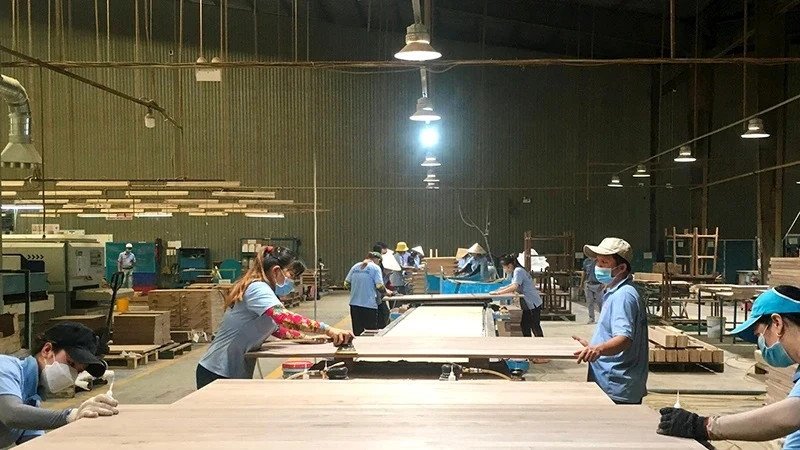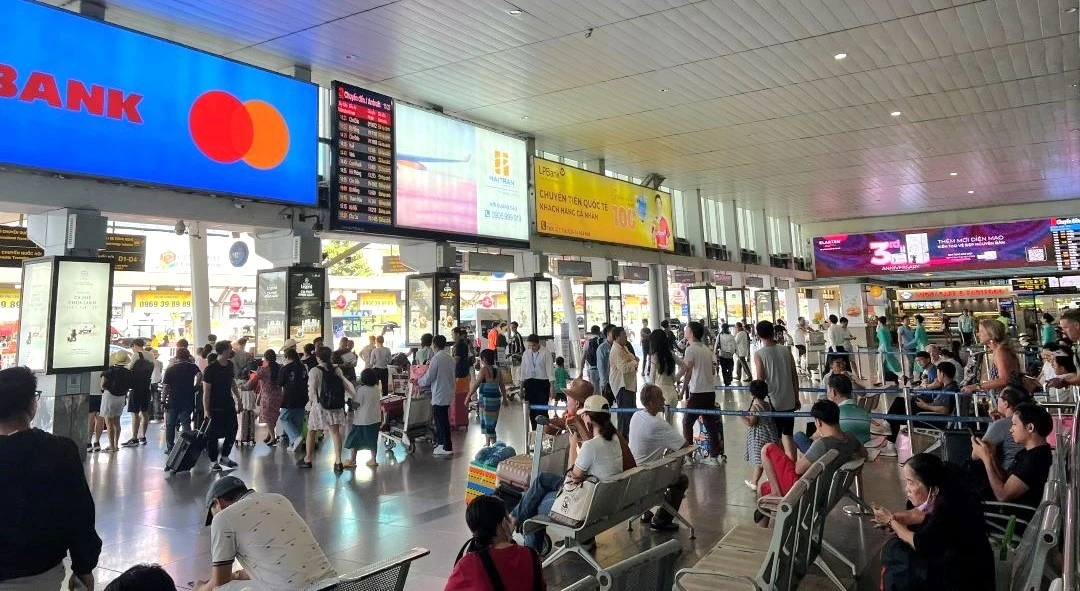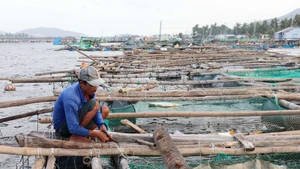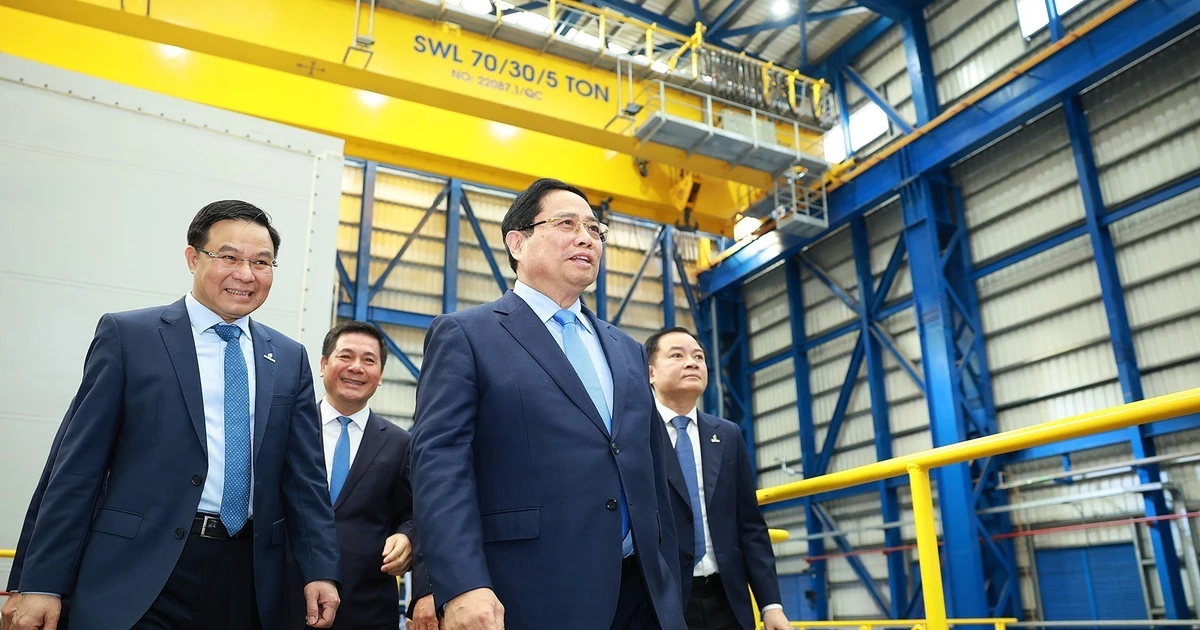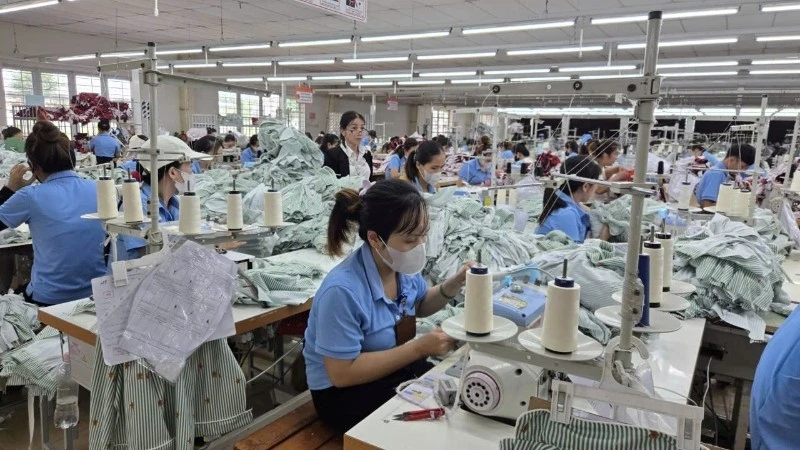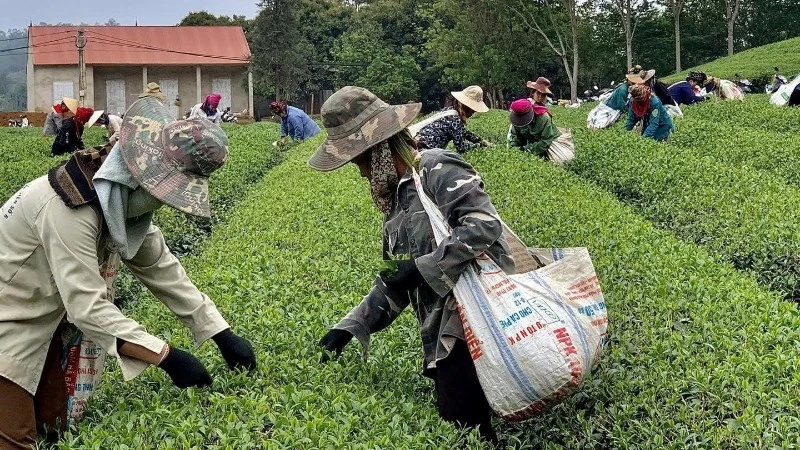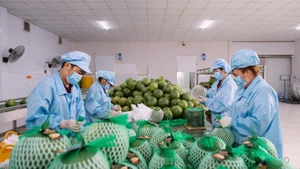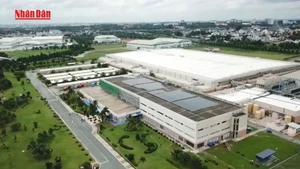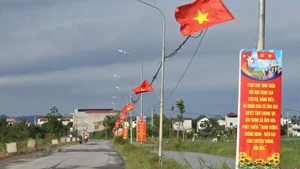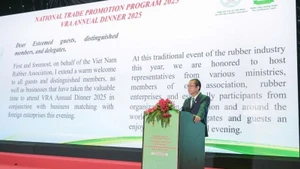In 2025, the US is expected to implement stricter trade protection measures. Currently, Vietnam stands as the US’s fourth-largest export market in ASEAN and its eighth-largest global trading partner.
The US is also the 2nd largest trading partner and the largest export market of Vietnam. Particularly for wood and wood products, Vietnam exports more than 50% of the total turnover to this market. Therefore, the changes will pose many major challenges for the Vietnamese wood industry to face, competing directly with domestic products from the United States and goods from other countries. At the same time, trade risks and punitive tariffs may be applied if products do not meet traceability requirements.
The European Union (EU) - a large market that has always maintained double-digit growth for the wood industry - is also setting many trade policies that are disadvantageous to export enterprises. One of those policy changes is the EU Deforestation Regulation (EUDR), which has just been extended to apply at the end of 2025.
On a broader scale, there is the possibility of a "trade war" in the world, if any, which will disrupt the supply chain and narrow the export market. Therefore, providing solutions to respond quickly, promptly, without being passive or surprised, and not missing opportunities has become an important issue for forest product export enterprises.
The Vietnam Timber and Forest Product Association (VIFOREST) commented: Opportunities and challenges for the wood industry will intertwine when facing new developments in export markets. The EU's delay in applying EUDR (until December 30, 2025 for large companies, June 30, 2026 for small and medium enterprises) creates more time for Vietnamese enterprises to prepare.
This is a significant advantage, especially at a time of many difficulties like the present. In addition, changes in US policies or green consumption trends in major markets also open up opportunities for forestry export enterprises when they meet the demand for sustainable construction materials and furniture.
Opportunities from the shift in global production and trade, along with investments in digital transformation, supply chain management and sustainable development, not only help businesses adapt to market changes, but also open the door to potential markets in the future.
Each year, Vietnam currently harvests between 22 to 23 million cubic metres of plantation timber annually, with over 500,000 hectares of forests certified for sustainable management. The government’s forestry development strategy sets a target of 1 million hectares of certified forests by 2030.
According to Tran Quang Bao, Director General of the Forestry and Forest Protection Department under the Ministry of Agriculture and Rural Development, in addition to building high-tech processing zones, expanding export market share, and proactively promoting trade, the wood and forest products industry needs to pay more attention and invest in raw material areas. Specifically, it is necessary to develop more large-scale planted forests, sustainably managed forests and forests certified by FSC or PEFC standards.
Currently, the Department of Forestry and Forest Protection is coordinating with units to pilot programmes to assign traceability codes to forest areas in some northern provinces, which were expected to be rolled out nationwide. These traceability codes are seen as a cornerstone for developing a legal timber supply chain that aligns with international requirements. They also support Vietnam’s efforts to quantify carbon sequestration potential, contributing to climate goals.
Vice Chairman and Secretary General of VIFOREST Ngo Sy Hoai affirmed that competitiveness is vital to survival for enterprises. In governance, policies promoting sustainable forest certification are being strengthened to ensure transparency in the supply chain. The Government coordinates with international organizations to deploy modern traceability technology, allowing comprehensive monitoring from exploitation, transportation to consumption.
The efforts of enterprises, state management agencies and the Government not only contribute to increasing the value of exported forest products but also enhance the competitiveness of this group of products in the international market. Enterprises producing and processing forest products must meet the requirements of the import market such as producing goods with guaranteed legal origin, beautiful designs and reasonable prices. Enterprises need to invest in digital transformation, build a transparent traceability system to meet the requirements of international regulations.
In addition, there needs to be close coordination between enterprises, associations and state agencies to have timely solutions to respond to the trade protection policies of the importing party.
Notably, confirming the origin of goods is an important tool against trade fraud. Enterprises need to be ready to respond to anti-dumping investigations or trade defense measures, through improving legal capacity and improving risk management; at the same time, developing a modern management system, green production and complying with international environmental standards to enhance competitiveness in the global market.
